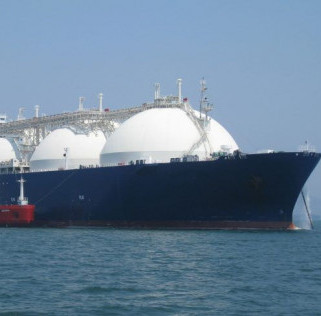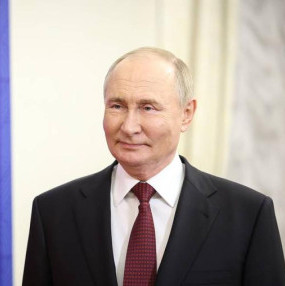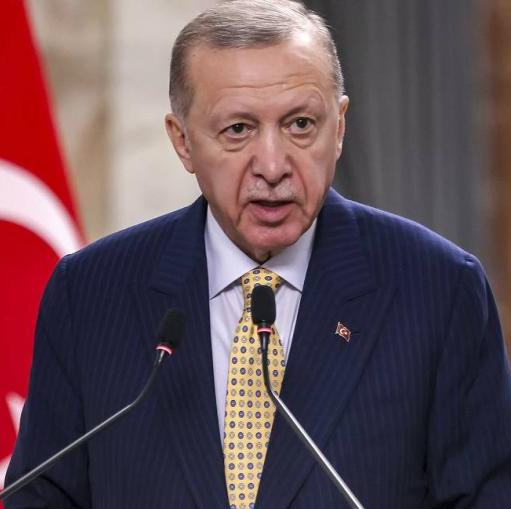The construction will be funded from the Mongolian State Budget as well as under a Mongolian-US agreement within the framework of Programme “Challenge of Millennium” under which the USA provides US$ 285 million for upgrading the railways.
Several factors associated with the Ulan-Bator Railway pushed Mongolia to a decision to launch this new railway project. Firstly, the UBRW built in the early 50-s has got obsolete and fails to meet up-to-date technological requirements. The track structure and rail-and-sleeper grid of the railway limit the use of heavy trains. The curved tracks are laid as per the standards of the 50-s that makes impossible to move at higher speeds and use new locos that require bigger radii of the curves. The railway is not electrified, and trains are moved by diesel locos.
Secondly, Russia that is obliged under the Ulan-Bator Railway (UBRW) Operation Agreement to bear costs relating to railroad upgrading, failed to invest anything in last 15 years and performed no technological upgrades in last 10 years. All upgrades made in the railway were made at the expense of the Mongolian party that borne the expenses totaling US$ 150 million. These investments were made by Mongolia using the financial assistance of Japan and World Bank.
Thirdly, the status of the Joint Venture excludes investments of third parties.
At the same time, rapid development of the mining sector in Mongolia requires rapid development of the railway sector. Dozens of new deposits are developed, including the largest baking coal deposit in Tyvantolgoy and copper and molybdenum deposits in Oyutolgoy. Underdeveloped railways hamper industrial development of the country.
Therefore, Mongolia has prepared a project for construction of the second transit railway from Russian border station Naushky to district Bayanyul of Aimak Silingole in the Inner Mongolia Autonomous Region, China. China already started building a railway line in the Inner Mongolia Autonomous Region to connect this new transit railway with the Chinese railway system. The new line of 480 km long crossing the Liaoning Province and Inner Mongolia Autonomous Region will be built by late 2010. The construction will cost to China 6 billion Yuans. Besides, before 2010, China will invest 20 billion Yuans in construction of new railways and adaptation of existing lines in the Autonomous Region for electric traction, including for development of transport lines in the region of industrial center Baotou. The first electrified line of 290 km long from Datun to Baotou will be commissioned in 2008.
In spite of the fact that Mongolia in not a member state of the SCO but only an observer state, the economic development of Mongolia has a significant impact on economic cooperation of two SCO leaders, Russia and China.
China is very much interested in Mongolia as in a resource base for its industrial assets located in the Inner Mongolia Autonomous Region and in North-Western China. Therefore, lately many Chinese companies came to Mongolia and try to receive as many mining licenses as possible.
For Russia which Siberian regions are not less rich in natural resources than Mongolia, this country is economically attractive first of all due to its transit potential. However, in Russia this transit potential and its impact on the economic development of many regions in the Siberian Federal District were undervalued for a long time. OAO “RRW” focused its efforts on upgrade and electrification of the Karym-Zabaikalsk Railway that provides direct access to China.
In principle, for Russia the Chita and Mongolian railways complemented each other. The Mongolian railway provided access to China for Buryatia, Irkutsk Region and Krasnoyarsk Territory. The construction of the second line would boost development of the Baikal-Coast Region. However, in fact, these two lines turned to be played off against each other.
Now the railway situation in Mongolia is becoming unfavorable for Russia. Opportunities for joint construction of the second transit line that became needed both to Mongolia and to Russia as far back as in the mid 90-s were missed. Nowadays Mongolia does not want to have Russia as its partner in the construction of the second transit line and is going to establish a 100-% Mongolian railway company. In spite of the started talks on participation of Russia in upgrade of the Ulan-Bator Railway, Mongolia apparently does not want to make a concession for Russia. Foreign investors will cooperate though a state-private partnership.
It is not so difficult to foresee a final outcome of this process. After construction of the second line that will outperform the Ulan-Bator Railway Line, the main transit and Mongolian traffic will run along the new line. JCS “UBRW” will face abrupt decrease of freight traffic and revenues.
The situation could be saved by urgent development of a UBRW radical technological upgrade programme including electrification, reinforcement of the track and implementation of up-to-date movement control systems. In this case, it would be possible to compete with the second transit line and retain own positions. But against the background of a definite lack of wish of Russia to invest anything at all in the Mongolian railways, the construction of the second transit line evidently will become a beginning of the end of the Russian-Mongolian railway cooperation. Most probably, as soon as Russia faces problems, it will just sell its share in the UBRW Company to Mongolia.
It will be a shock for Russia. In such situation, China sooner or later will convince Mongolia that it is necessary to change the track gage from 1520 to 1425 mm, renovate the rolling stock (surely, due to Chinese supplies) and get a direct and open access to Chinese ports. In this case, the Mongolian transport system will be incorporated into the Chinese sphere of influence while as of today it is still in the sphere of Russian influence.
Material from Site InfoSHOS.ru









